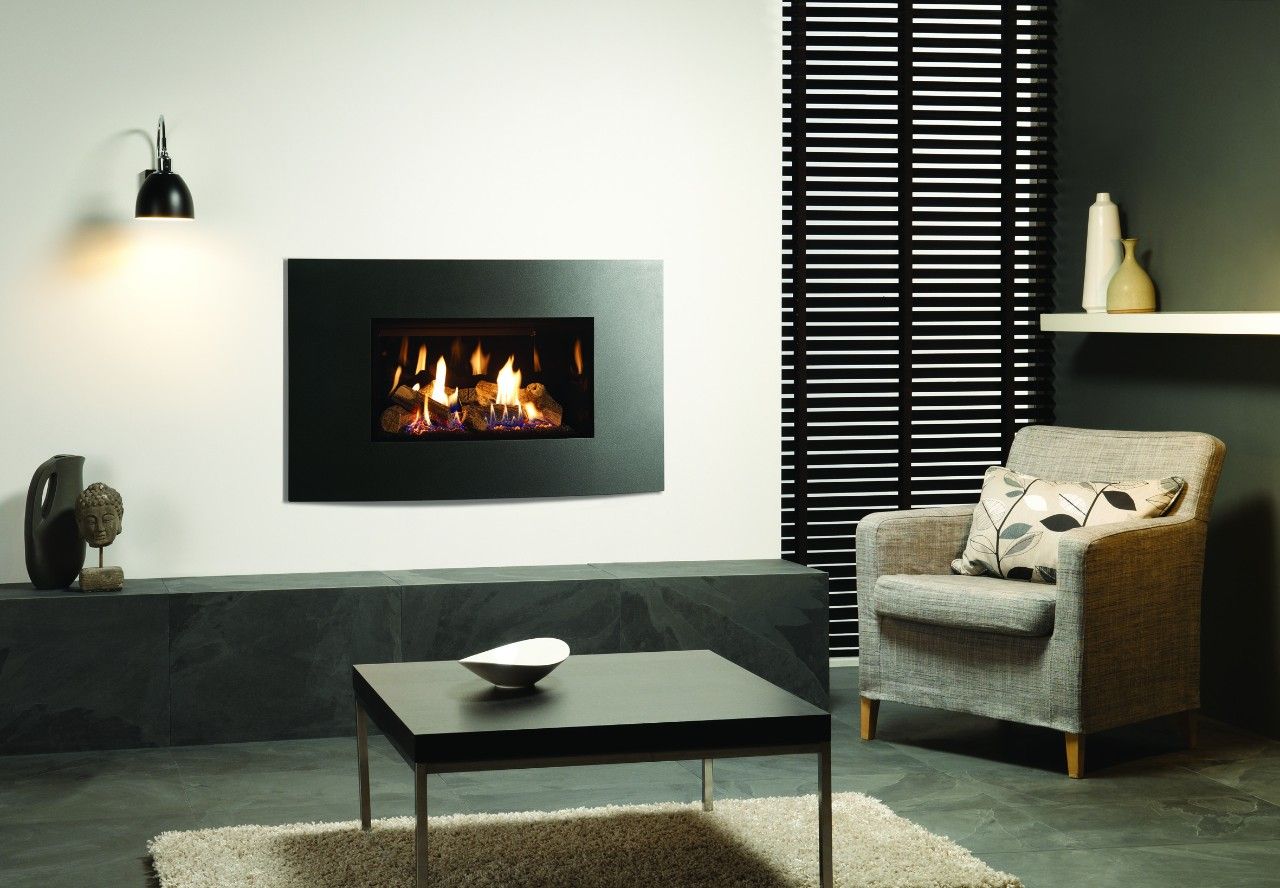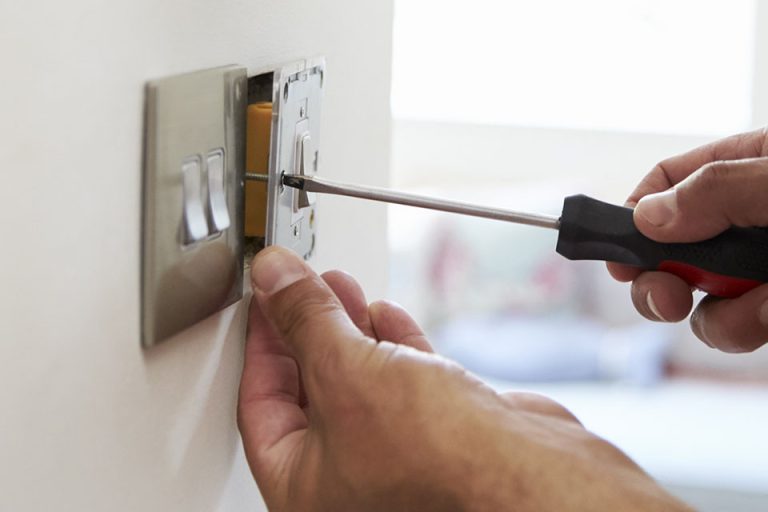How to Install an Electric Fireplace: Easy DIY Guide
Choosing the Right Electric Fireplace for Your Space
Before beginning your DIY electric fireplace installation, selecting the correct model for your home is crucial. Electric fireplaces come in several configurations: built-in, insert, wall-mounted, and freestanding units. Choosing between a wall-mounted electric fireplace or an electric fireplace insert typically depends on your desired aesthetic, available space, and the type of installation you’re comfortable with. For example, wall-mounted models create a sleek, modern look and can often be installed on plasterboard with the support of studs, while built-in or insert styles might be better suited for retrofitting into an existing firebox or mantel.
Also, consider the dimensions of your space and the required clearance around your electric fireplace. Ample clearance ensures safe operation and effective heat dispersion. Check for adequate space to accommodate the chosen firebox, trim, and mantel or surround. Finally, verify whether your space offers suitable access to a grounded outlet or if hardwiring into a dedicated circuit is required.
Key Factors to Consider
- Size of the area: Measure your wall or existing fireplace opening for a flush mount. Use the provided template, when available, for precise fitting.
- Style preference: Decide between wall-mounted, insert, or built-in fireplaces for the visual impact you desire.
- Electrical access: Ensure proximity to a 120 Volt grounded outlet or plan for hardwired installation if required. Check how to troubleshoot a dead electrical outlet before proceeding.
- Heat output and amperage: Confirm that the unit’s amperage does not exceed the capacity of your electrical supply, commonly 15 AMP on a dedicated circuit.
Preparing for Installation
Proper preparation is the cornerstone of a safe and efficient electric fireplace installation. Begin by reading through the manufacturer’s user manual for the specific requirements of your model. If your electric fireplace requires hardwiring, you may need the assistance of a licensed electrician, especially for setting up a dedicated 15 AMP, 120 Volt circuit with a grounded outlet or a NEMA-5-15P plug.
Gathering Tools and Materials
- Electric drill and appropriate drill bits for pilot holes
- Level, tape measure, and pencil for layout
- Stud finder to locate wall studs
- Mounting bracket and included templates
- Screwdriver, pliers, and wire strippers (for hardwired units)
- Fireplace-specific frame, trim, or mantel
Electrical Requirements
- Verify that your electrical supply matches the specified voltage and amperage-almost always 120 Volt and 15 AMP.
- Never use extension cords; always plug the unit directly into a grounded outlet on a dedicated circuit.
- Test outlets with a circuit tester for grounding and live voltage. For guidance, refer to electrical safety tips for homeowners.
Step-by-Step Installation Instructions
Step 1: Marking and Preparing the Location
Use the mounting template or measure the height and width of your electric fireplace. Mark the position on your wall, making sure the installation complies with the recommended clearance from flammable materials and other combustibles. A level ensures your markings are straight.
Step 2: Locating Studs and Drilling Pilot Holes
Utilize a stud finder to locate studs behind the plasterboard for secure mounting. Mark stud positions to align your mounting bracket. Drill pilot holes into the studs to avoid splintering the wood and to facilitate easy installation of screws.
Step 3: Installing the Mounting Bracket and Firebox
Secure the mounting bracket to the wall using heavy-duty screws driven into prepared pilot holes. For wall-mounted electric fireplaces or inserts, lift the unit and attach it to the bracket according to the manufacturer’s instructions. For a built-in installation, slide the firebox into the prepared opening of an existing mantel or surround. If necessary, install a custom frame or additional supports to ensure a flush mount.
Step 4: Electrical Connection
- For plug-in models, insert the power cord directly into a grounded outlet.
- For hardwired models, connect wiring per the manual’s diagram, ensuring all connections are tight, properly insulated, and matched by color code. If unsure, call a certified electrician.
- Switch the circuit back on and test the unit using the provided remote or main switch.
Step 5: Final Assembly and Touches
Attach the provided trim, frame, or mantel to complete the look. Gently clean the glass and surfaces to remove fingerprints and installation debris.
Safety Tips and Maintenance
Electric fireplace safety is paramount during and after installation. Always observe recommended clearance from any flammable materials, furniture, draperies, or electronics. Verify all electrical connections are tight and all wiring is intact before switching the unit on. Regularly schedule inspections-checking the power cord, outlet, and maintenance logs provided in the user manual.
Ongoing Maintenance
- Clean the unit’s air intake and exhaust regularly to prevent dust buildup and overheating.
- Check and tighten screws on the mounting bracket periodically, especially after use or bumps.
- Follow the manufacturer’s schedule for lamp and fan replacement, if applicable.
- Test your outlet periodically; learn how to troubleshoot a dead electrical outlet if your fireplace won’t start.
- For additional safety precautions, brush up on electrical safety best practices.
Enhancing Your Fireplace
Enhancing your electric fireplace installation is about both safety and aesthetics. Consider fitting a custom-made mantel or surround to blend the fireplace seamlessly into your living space. Adding décor such as fire-resistant stone, tile, or wood facings can create a focal point in any room. Upgrading to smart controls, such as programmable thermostats, WiFi modules, or remote controls, further increases convenience and energy efficiency.
If you’re retrofitting a fireplace or planning a multi-feature wall (for example, integrating your electric fireplace with a television or custom shelving), plan clearances carefully and double-check all electrical requirements. See a detailed step-by-step approach to electrical projects by reviewing our guide to replacing a standard light switch.
Frequently Asked Questions
Do I need a dedicated circuit for my electric fireplace?
Many electric fireplaces, especially higher-end or built-in models, require a dedicated 15 AMP, 120 Volt circuit. This prevents overload and enhances safety. Refer to your model’s manual and consult a qualified electrician if in doubt.
Can I install an electric fireplace below a television?
Yes, but always check the recommended clearance in your manual to avoid damage from heat. Most units are designed for wall-mounted installations below electronics when installed properly. Use a mounting bracket, follow spacing instructions, and review home electrical safety tips for best practices.
What’s the difference between a plug-in and a hardwired fireplace?
Plug-in units use a standard grounded outlet and are easier to install. Hardwired units connect directly to your home’s wiring, often requiring professional installation and a dedicated circuit for safety and code compliance.
How do I troubleshoot if my electric fireplace doesn’t turn on?
First, check the outlet with another device. If the outlet is dead, visit our dead electrical outlet troubleshooting guide.
What regular maintenance does my electric fireplace need?
Keep it free of dust, inspect the power cord and plug, and follow the manufacturer’s instructions for any needed part replacements. Schedule seasonal checks for mounting hardware and outlet function to ensure consistent safety and performance.






